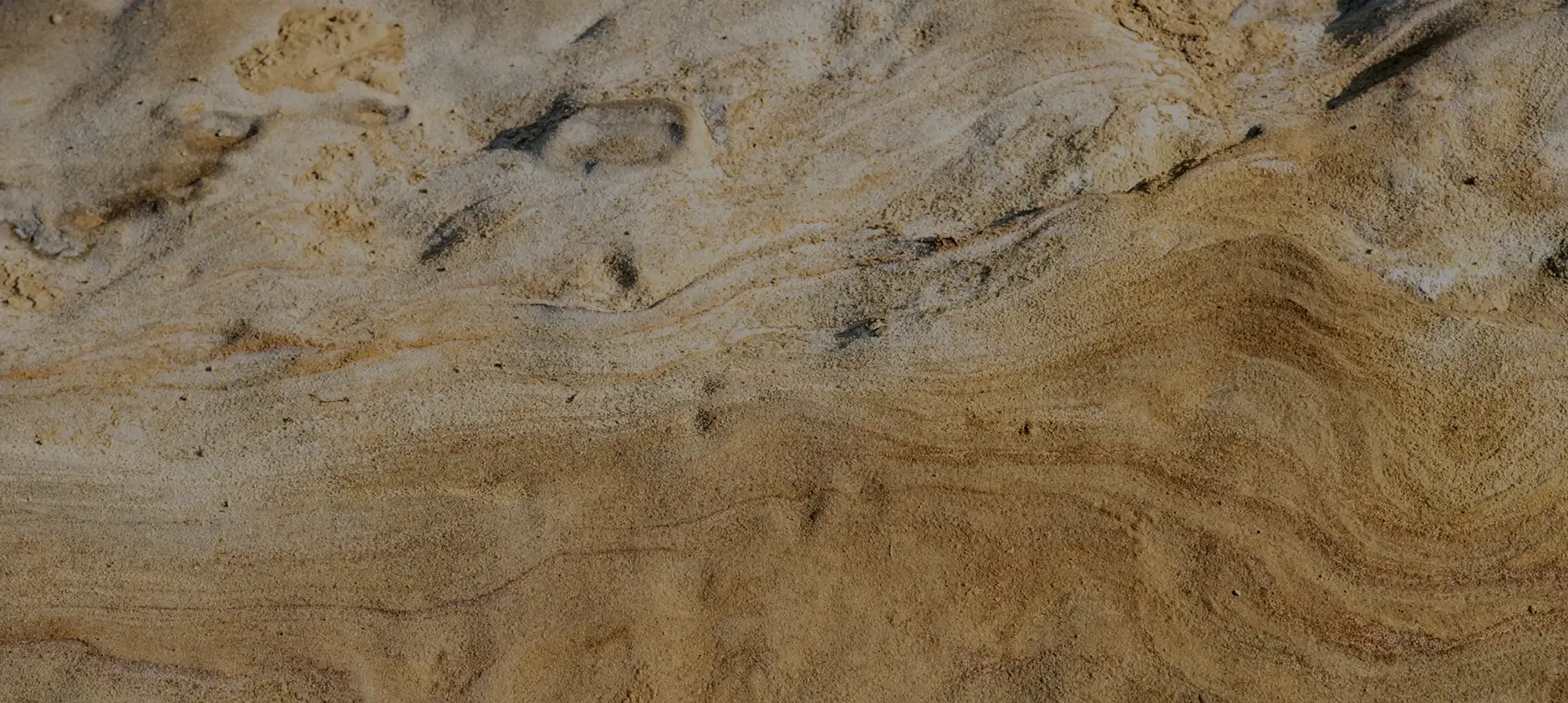
Geologic Sequestration
Discover why geologic sequestration is a powerful tool we can use today for safe and secure storage of CO2 at scale.

What is Geologic Sequestration?
Geologic sequestration is a proven method used to store carbon dioxide. CO2 is injected deep underground into rock formations where it is naturally trapped, storing it securely.
How it Works
After CO2 is captured, it is purified and compressed into a supercritical phase—a state with combined properties of gas and liquid. Next, this CO2 is injected deep below the earth’s surface via a high-integrity well and into an underground reservoir. Depths can reach more than 5,000 feet (16+ football fields). Once the CO2 reaches the reservoir, it is trapped and securely stored. The CO2 is structurally trapped within the reservoir, under a thick layer of nonporous rock, called a caprock. The caprock serves as a lid to the reservoir, isolating and securely storing CO2 that is injected below it.
Rock Composition
The two core samples shown to the left were taken from the caprock and the injection zone (depth range 5,000-7,000 feet) where the CO2 is stored. The caprock is dense, impermeable shale with low porosity and low permeability, confining the CO2 in the injection zone by preventing from flowing vertically. The injection zone is an unconsolidated sandstone, with high porosity and permeability. This is where the CO2 will reside.

Caprock
Reservoir Name: Bluebonnet Hub
Porosity: Low (<5%)
Permeability: Low (<10 millidarcy mD)

Injection Zone
Reservoir Name: Bluebonnet Hub
Porosity: High (20-30%)
Permeability: High (>100 millidarcy mD)

Geologic sequestration has been in use for decades. The real-world application and data collection by leading experts in the fields of geology, seismology, fluid characterization, well engineering and reservoir modeling mean that today we have a powerful, proven tool with which to capture and store CO2 at scale.
Sequestration Leadership
Our sequestration team is leveraging the experience of subject matter experts who have been the leaders in carbon management for more than 50 years. This gives us an advantage when designing and building safe, scalable sequestration hubs. 1PointFive is working with industry leaders to leverage existing government regulations and international best practices to develop high-integrity monitoring, reporting and verification methodologies. This will provide transparency and enhance precision when accounting for every tonne of CO2 that is removed from the atmosphere and stored underground.
Contact an Expert
Experienced Team

Secure Storage

Transparent Reporting
Our First Geologic Sequestration Hubs are Underway
1PointFive is currently developing several sites for geologic sequestration in the Gulf Coast region to store CO2 captured by facilities who are using point-source capture processes. Some of these sequestration hubs may be anchored by Direct Air Capture (DAC) facilities, although most hubs will be built solely to offer companies a viable means of storage for their captured emissions at scale.
The United States is an important contributor of geologic sequestration capacity, and 1PointFive is hoping to take advantage of this, which is why we’ve chosen this strategic region for development.
Explore Our Projects